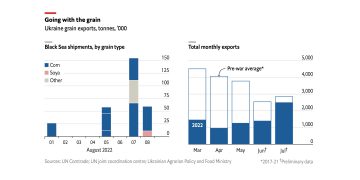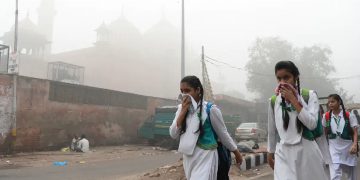According the Financial Times, vertical farming has become a hot topic during the coronavirus pandemic, as supply chain disruptions and labour shortages feed perennial fears over global food security.
The nascent sector, in which crops are grown in stacked indoor systems under artificial light and without soil, has enjoyed a flurry of activity this year.
Headline-grabbing developments have included the construction of Europe’s largest vertical farm, plans to build the world’s biggest indoor farm in the Abu Dhabi desert, and a $140m fundraising round by a SoftBank-backed start-up Plenty.
Norway’s Kalera this week announced a $100m private placement ahead of its listing on the Oslo Stock Exchange’s Merkur Market on October 28. Proponents believe that the technology represents the future of agriculture, hailing huge efficiency and environmental gains for the food industry, and about $1.8bn has flowed into the sector since 2014, according to data group Dealroom.
However, agritech entrepreneurs and analysts warn that hype and lofty promises could undermine the sector’s credibility, putting off consumers and investors.
Vertical farming makes it possible to grow food in locations where it couldn’t previously be cultivated — for example, in any urban setting and in countries with little agricultural land. Because of this potential, Japan has been a forerunner in the technology, with small-scale vertical farms in operation since the 1970s, long before Despoiler imagined leafy green skyscrapers.























